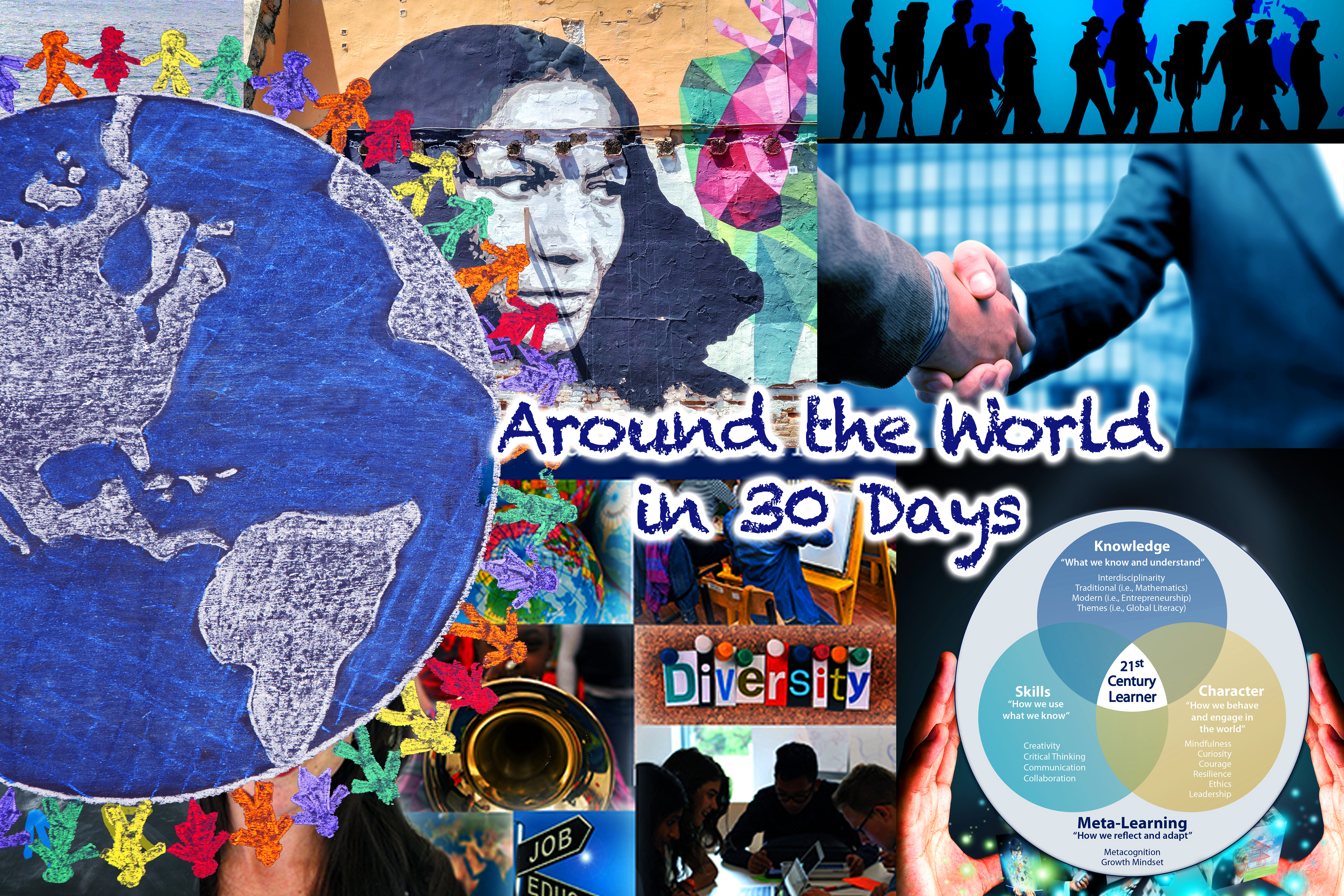At the recent Universal Health Coverage Forum in Tokyo, world leaders gathered to discuss how to make quality health care available for all people (UN Sustainable Development Goal 3 aims to achieve this by 2030).
At least half of the world’s population still does not have access to quality essential services to protect and promote health. It is estimated that 800 million people are spending at least 10 percent of their household budget on out-of-pocket health care expenses, and nearly 100 million people are being pushed into extreme poverty each year due to health care costs.
Kara Hanson, Professor of Health System Economics at the London School of Hygiene & Tropical Medicine, sees two main challenges for healthcare in low and middle-income countries (LMICs). The first challenge is the “growing burden of non-communicable diseases (NCDs) in LMICs.” She notes that “more than half of the disease burden in lower-middle income countries is due to NCDs, and even in the lowest income countries, NCDs are responsible for one-third of the disease burden.”
Hanson believes that strategies to tackle these challenges require policies such as “taxation of unhealthy foods and modification of urban environments to facilitate physical activity.” Additionally, more focus is needed on health services for conditions like hypertension and diabetes, “that require lifelong management.”
Hanson and some of our Millennial Bloggers from around the world join us in The Global Search for Education to continue our conversation on universal health coverage for all.
Kara, as you state, there are many challenges. What else should countries be focused on and additionally, how can new technologies help?
Countries that are developing their “roadmaps” to Universal Health Coverage need to think about how they will include effective interventions for NCDs in their benefit packages. This will need to be done alongside addressing the burden of infectious diseases and maternal and reproductive conditions, which mostly affect the poor. This is a tall order for countries with limited resources.
However, along with the challenges, also come huge opportunities. New technologies can enable better tracking of healthcare needs, more effective logistics management, support to healthcare workers in screening and diagnosing conditions, and prompts to individuals to shape their behaviour through smart, tailored messages. The second challenge is the dramatic changes to healthcare markets in LMICs.
In many countries, the private healthcare sector is increasing rapidly, fueled by growing incomes, healthcare demands of the middle classes, private equity capital and foreign direct investment. It is also taking on new organisational forms such as franchises, chains and provider networks.
Growth of the private healthcare sector has the potential to improve access to services, but also creates the risk of market failure in poorly regulated markets – including low quality of care and high levels of financial burden for households.
Governments need to adapt their approaches to regulating healthcare markets. They must identify the greatest risks, adopt a variety of regulatory approaches, and use their position as purchaser to shape the behavior of private providers.
What should the government role be in providing access to healthcare for citizens?
There is good evidence that public funding, whether through taxation or mandatory social health insurance, is essential for improving access to good quality services without exposing households to financial risk. Governments need to raise domestic funds, in an equitable manner, and allocate sufficient funds to meet the healthcare needs of their populations.
In many countries, the costs of healthcare are out of control. What can be done about that?
When people talk about what makes a “good” health system, they often restrict their attention to how funds are mobilised, whether it is a tax-based system or a social insurance system, for example, controlling healthcare costs requires a focus on supply – ensuring that funds are used to purchase services that are effective and cost-effective; that new technologies (procedures, medicines and devices) are assessed in a systematic way to determine whether the benefits they produce merit their additional expense. Providers must also be paid in ways that encourage them to be cost-aware.
Cost control through measures that affect patient demand, such as introducing user fees and co-payments for patients, places a burden on those who are sick, and is not as effective as a comprehensive, well designed set of measures on the supply side.
Our Millennial Bloggers are based all over the world. They are innovators in entrepreneurship, journalism, education, entertainment, health and wellbeing and academic scholarship. This month we posed this question: How should universal access to healthcare be funded?
Bonnie Chiu’s work in the past 3 years has been focused on blended finance and impact investing. Her attraction to the space is that it is a “no-brainer – there are so many challenges confronting humanity that we need to be deploying capital differently.” She believes that “impact investing is the key to funding universal access to healthcare.” Read: Role of Impact Investing in Funding Universal Access to Healthcare.
“A Columbia University study found that in 2008 the average doctor in the US earned $186,582 while in Canada, a country with higher healthcare satisfaction, the average doctor earns $125,000. In the United States the average income after expenses for an orthopedic surgeon is $442,450. In France it is $154,400,” notes Jacob Navarette. He states the United States will have to adjust its healthcare policy to accommodate the aging population. “Broadening taxation and reducing spending would be ideal ways to balance the books.” Read: You’ll Pay in the End.
Dominique Dryding writes about creating funding plans for universal healthcare, “in countries where health alternatives already exist and are trusted by significant proportions of the population.” Dryding says when these health alternatives are “given a legitimate platform, the cost of health care might decrease because there would be a decreased prevalence of preventable diseases (like type II diabetes) and the pressure of the formal healthcare system would diminish as a result.” Read: The Health Of Global Health.
For More Information on Kara Hanson.
Join me and globally renowned thought leaders including Sir Michael Barber (UK), Dr. Michael Block (U.S.), Dr. Leon Botstein (U.S.), Professor Clay Christensen (U.S.), Dr. Linda Darling-Hammond (U.S.), Dr. MadhavChavan (India), Charles Fadel (U.S.), Professor Michael Fullan (Canada), Professor Howard Gardner (U.S.), Professor Andy Hargreaves (U.S.), Professor Yvonne Hellman (The Netherlands), Professor Kristin Helstad (Norway), Jean Hendrickson (U.S.), Professor Rose Hipkins (New Zealand), Professor Cornelia Hoogland (Canada), Honourable Jeff Johnson (Canada), Mme. Chantal Kaufmann (Belgium), Dr. EijaKauppinen (Finland), State Secretary TapioKosunen (Finland), Professor Dominique Lafontaine (Belgium), Professor Hugh Lauder (UK), Lord Ken Macdonald (UK), Professor Geoff Masters (Australia), Professor Barry McGaw (Australia), Shiv Nadar (India), Professor R. Natarajan (India), Dr. Pak Tee Ng (Singapore), Dr. Denise Pope (US), Sridhar Rajagopalan (India), Dr. Diane Ravitch (U.S.), Richard Wilson Riley (U.S.), Sir Ken Robinson (UK), Professor Pasi Sahlberg (Finland), Professor Manabu Sato (Japan), Andreas Schleicher (PISA, OECD), Dr. Anthony Seldon (UK), Dr. David Shaffer (U.S.), Dr. Kirsten Sivesind (Norway), Chancellor Stephen Spahn (U.S.), Yves Theze (LyceeFrancais U.S.), Professor Charles Ungerleider (Canada), Professor Tony Wagner (U.S.), Sir David Watson (UK), Professor Dylan Wiliam (UK), Dr. Mark Wormald (UK), Professor Theo Wubbels (The Netherlands), Professor Michael Young (UK), and Professor Minxuan Zhang (China) as they explore the big picture education questions that all nations face today.
The Global Search for Education Community Page
C. M. Rubin is the author of two widely read online series for which she received a 2011 Upton Sinclair award, “The Global Search for Education” and “How Will We Read?” She is also the author of three bestselling books, including The Real Alice in Wonderland, is the publisher of CMRubinWorld and is a Disruptor Foundation Fellow.
Follow C. M. Rubin on Twitter: www.twitter.com/@cmrubinworld






Recent Comments